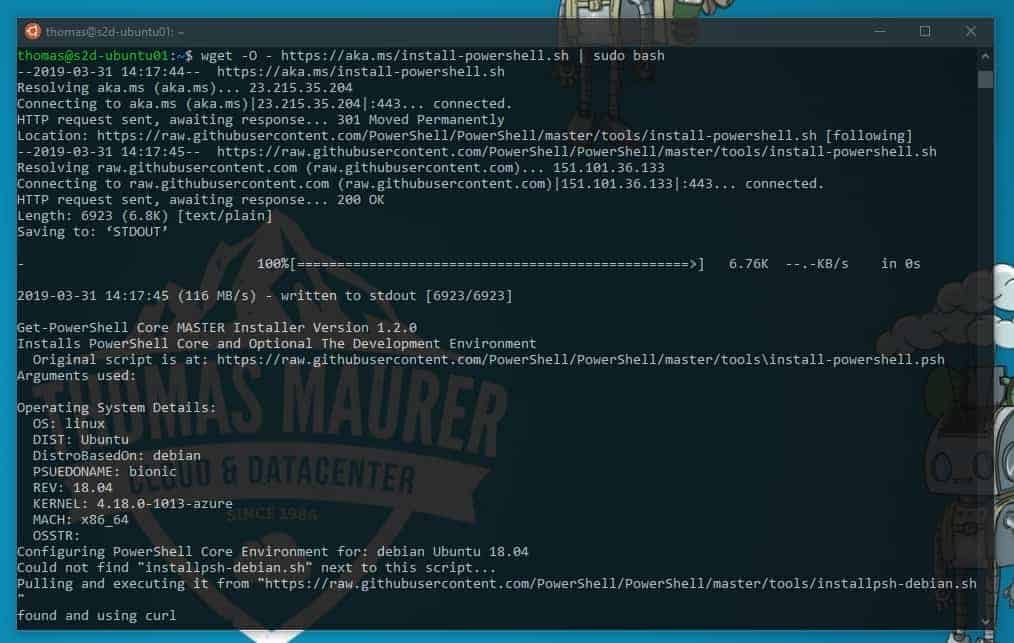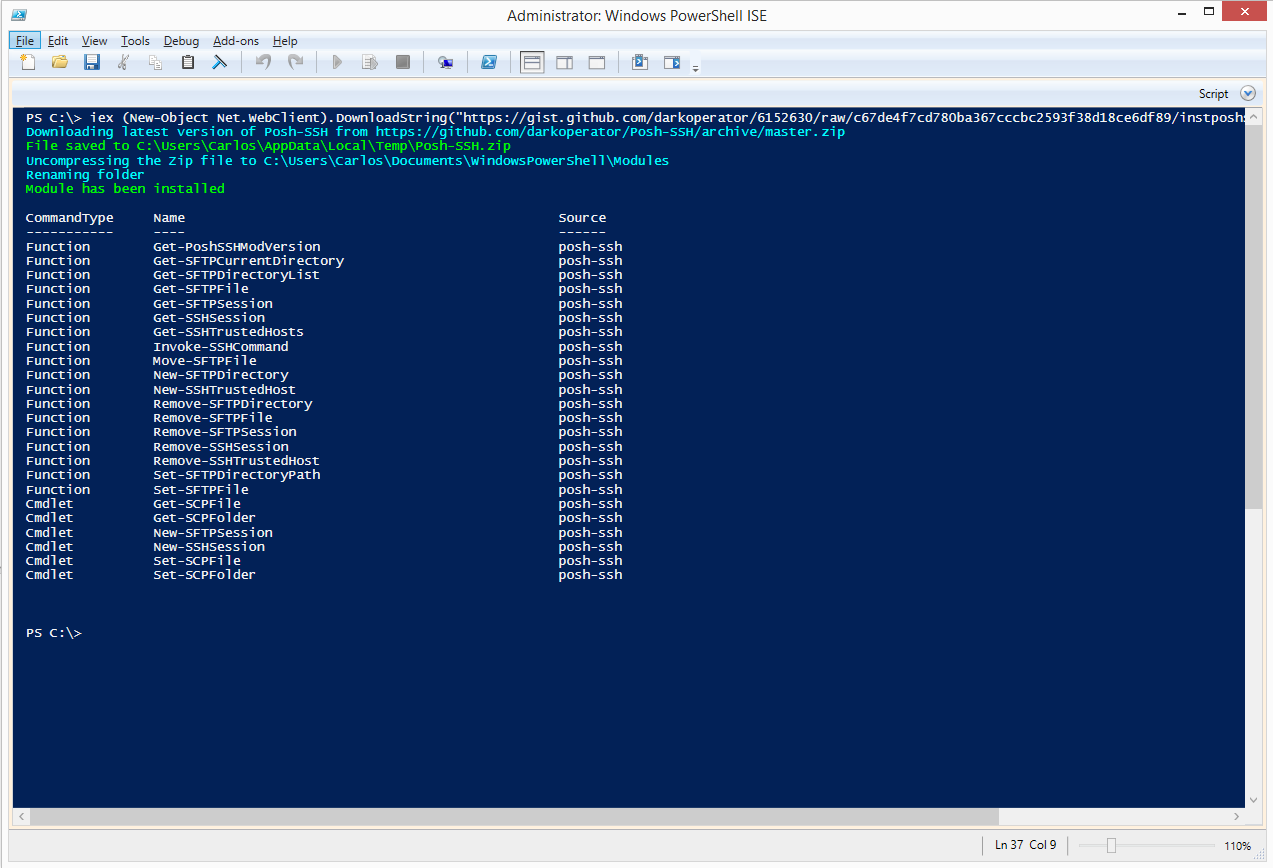

POWERSHELL OPENSSH WINDOWS
Managing Windows Powershell from Linux terminal Using SSH to Access Linux Servers in PowerShell Not all options can be used on a Windows host.There are many articles all over the web on this topic, and since PowerShell Core is now Open Source and can be installed on Windows / Linux / OSX the SSH for PowerShell has been an thing for a while now.

OpenSSH Server options, such as changing the login banner and locking down security options are done in the C:\ProgramData\ssh\sshd_config file. This directory will be needed for troubleshooting and logging purposes. The other important directory for OpenSSH Server is the C:\ProgramData\ssh folder, which contains the configuration files and log files. Sometimes needed for troubleshooting purposes. To begin, the directory where all of the associated executable files are found is in the C:\Windows\System32\OpenSSH directory: Since this is a port of the OpenSSH Server, the customization is done in a very similar way. There are a few customizations that you can do to the OpenSSH Server service if needed. If you do want to use Bash, just type in bash.exe to switch to it. I sometimes wish it would go to a Bash shell instead. I have tried making this work with Bash, but it doesn’t seem to be supported yet. Restart the OpenSSH Server Service and the next time that you login with SSH, you should automatically go to PowerShell. To do this, open an elevated PowerShell console and run the following commands to start the OpenSSH Server:Ĭ:\Windows\System32\WindowsPowerShell\v1.0\powershell.exe To start the OpenSSH Server services and enable them to run automatically, there are a few command that you will need to run. There are two services that are related to OpenSSH Server which need to be set to start automatically. To configure the service to start automatically at boot, change the Startup Type drop-down menu to Automatic and click Apply. Under Service Status, click the Start button to start the service. Right-click on each service and select Properties. Open the Services MMC Console ( Win + R, and type in services.mmc) and find the two Services that are related to OpenSSH Server: This can be done through either the Services MMC console or through the Command Line. In order to start using OpenSSH Server, the associated services will need to be started first. The newly installed services will need to be started and configured to automatically start at boot. Like installing through the Settings app, a restart should not be necessary after adding these features. If the installation was successful, you should see a similar message.

POWERSHELL OPENSSH INSTALL
To confirm that you are able to install the OpenSSH Client and OpenSSH Server features, run the following command:Īdd-WindowsCapability -Online -Name OpenSSH.Client~~~~0.0.1.0Īdd-WindowsCapability -Online -Name OpenSSH.Server~~~~0.0.1.0 To install through the Command Line, open an elevated PowerShell console in order to proceed. A restart should not be necessary after adding these features, but the newly installed services will need to be started and configured to automatically start at boot.
POWERSHELL OPENSSH WINDOWS 10
If the options are missing, then you are not on the latest version/patch level of Windows 10 or Windows Server 2019. Highlight each option and click the Install button to install the feature. If not, there is a problem with the version of Windows. You should see the two options in the list of available features that can be installed: To install through the GUI, go to Settings -> Apps -> Apps & Features -> Manage optional features -> Add a feature. Installing the OpenSSH Client and OpenSSH Server options can be done through either the Settings app or through the Command Line.


 0 kommentar(er)
0 kommentar(er)
